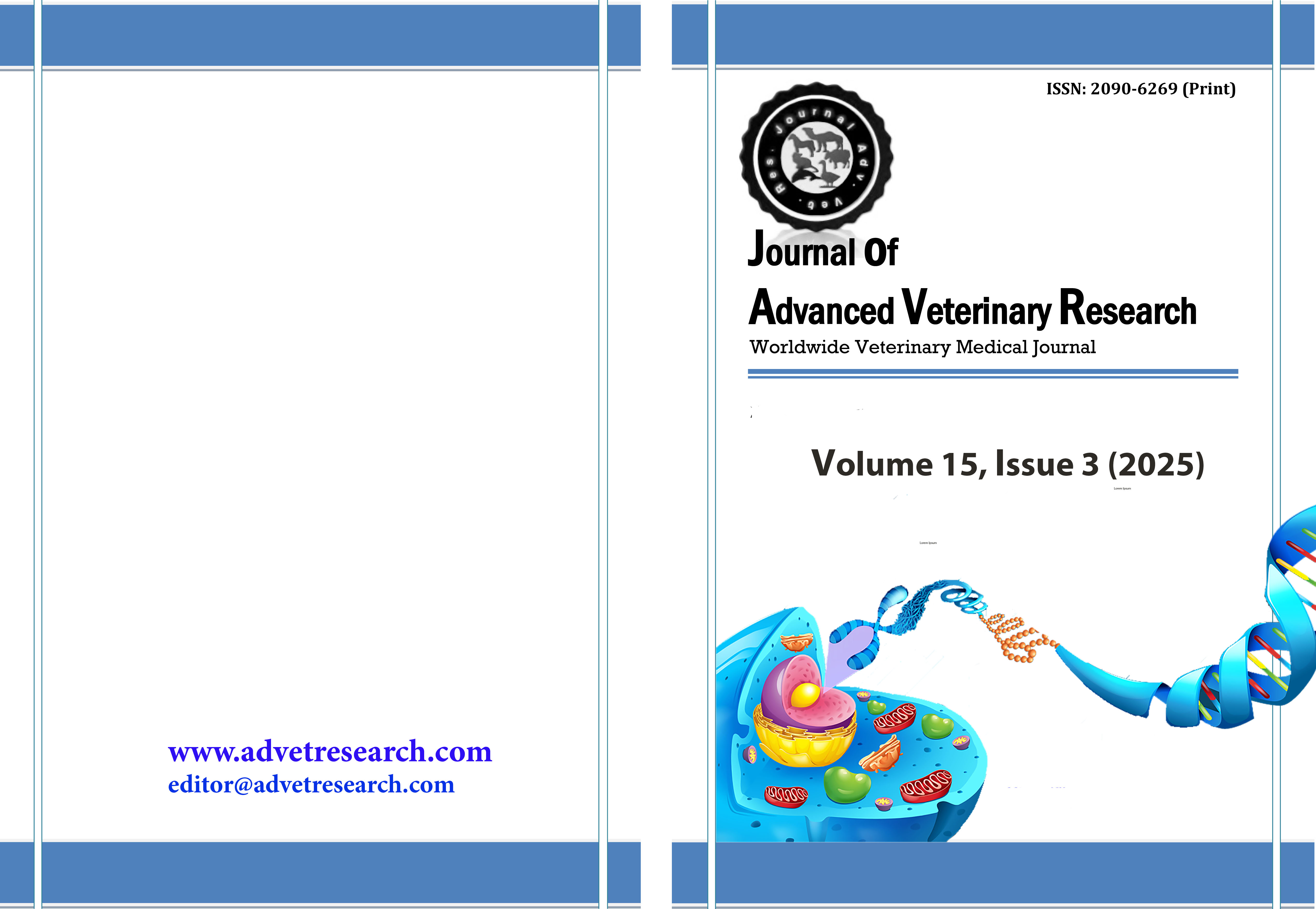Canine acanthomatous ameloblastoma in a golden retriever mix dog
Keywords:
acanthomatous ameloblastoma, canine, odontogenic, oral tumorAbstract
Canine acanthomatous ameloblastoma (CAA) is a benign but locally invasive oral tumor that arises from the remnants of tooth-forming (odontogenic) epithelium within the submucosa and periodontal ligament. Although non-metastatic, CAA exhibits aggressive behaviour, particularly invading and destroying surrounding bone and dental structures. This case involved a 9-year-old female Golden Retriever mix, weighing 28.5 kg, presenting with a solid mass on the mandibular gingiva between canine tooth 304 and 404, approximately 2.5 × 2 × 1 cm in size. The tumor had been growing for five months. Diagnostic imaging, including dental radiography, along with cytological and histopathological examinations, was performed to establish the diagnosis. Histopathology revealed a thickened mucosal layer, acanthosis, with the presence of ameloblastoma island. These findings were consistent with the characteristic of acanthomatous ameloblastoma. Rim excision was chosen to remove the tumor mass. Postoperative care included analgesia with tramadol and antibiotic therapy with enrofloxacin and metronidazole. The dog demonstrated a successful recovery, with normal clinical status observed within a week post-surgery. A one-year postoperative examination confirmed no signs of tumor recurrence.
Downloads
Published
How to Cite
Issue
Section
License
Copyright (c) 2025 Journal of Advanced Veterinary Research

This work is licensed under a Creative Commons Attribution-NonCommercial-NoDerivatives 4.0 International License.
Users have the right to read, download, copy, distribute, print, search, or link to the full texts of articles under the following conditions: Creative Commons Attribution-NonCommercial-NoDerivatives 4.0 International (CC BY-NC-ND 4.0).
Attribution-NonCommercial-NoDerivs
CC BY-NC-ND
This work is licensed under a Creative Commons Attribution-NonCommercial-NoDerivatives 4.0 International (CC BY-NC-ND 4.0) license




